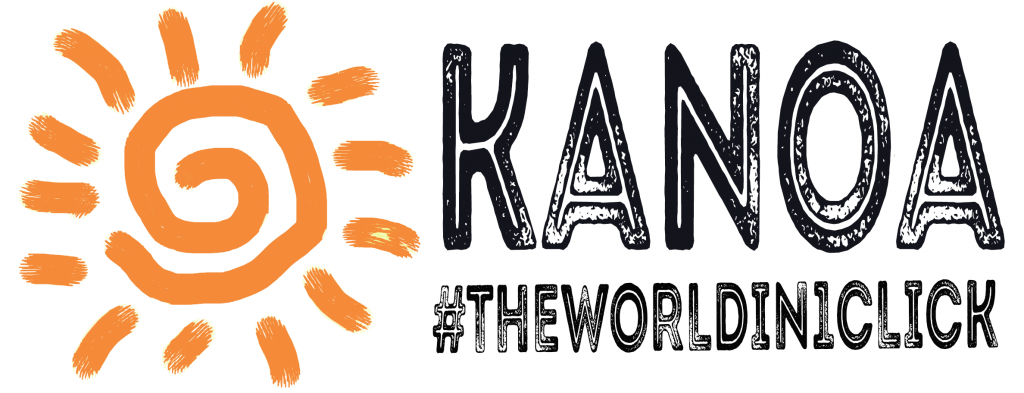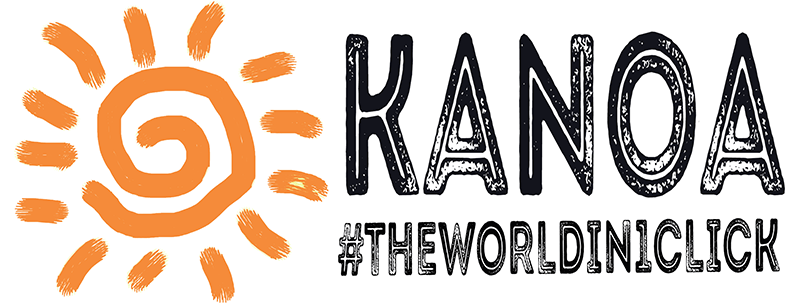Public transport in Berlin has always been synonymous with efficiency and punctuality. It is characterized by an excellent integrated system on iron and rubber that covers almost every area. From the center to the periphery.
GETTING AROUND BERLIN BY METRO
The metro is definitely the recommended and preferable way for getting around Berlin. It is undoubtedly one of the best transport systems in the whole of Germany. Not surprisingly, the U-BAHN metro is the largest in Germany, and among the largest in Europe. Each year, it carries around 500 million passengers!
The Berliner Verkehrsbetriebe (BVG) and the Deutsche Bahn (DB) manage the two metropolitan lines. DB operates the 15 lines of the S-Bahn overground metro, while BVG operates the 9 lines of the U-Bahn underground metro.
The metro runs every day, Monday to Friday, from 04:00 to 00:30. On Saturdays and Sundays, it is open 24 hours a day. Frequencies are generally around 5 minutes during point hours. In the evening, and on the night of the weekend, there are rides every 10 and 15 minutes.
BUS AND TRAM
In Berlin there are about 150 lines to which are added 54 at night. The buses are yellow in color and you can often find double-decker buses as well. It is an extremely efficient network and perfectly integrated with the rail system with which it shares numerous stops.
The service is operated by Berliner Verkehrsbetriebe (BVG) and Verkehrsverbund Berlin-Brandenburg, the same operating on the 22 tram lines.
The Berlin tram network extends for about 190 km, most of which in the territories of former East Germany. It is among the largest in Europe, and one of the oldest: it was inaugurated in 1865! They are among the means most used by the Germans to move around Berlin.
The trams, always yellow in color, are numbered from 12 to 68 and, not infrequently, inside are equipped with automatic machines to buy tickets. The means that have the letter M in front of a number are the so-called “MetroTram“. They differ from others because they are more frequent and because it works all day, including night.
Night buses, on the other hand, are identified by the letter N preceding a progressive number. They are in operation exclusively at night, on fixed days. the frequencies of the night lines are between 30 and 60 minutes. The only exception is the N7X express line, which also arrives at the new airport, with frequencies of 15 minutes.
BICYCLE
15% of people use the bike to move around Berlin. This growing figure gives a good idea of how much Berliners care about their cycle paths; all big city streets have one!
You can pedal between the cars only if there is no cycle path on the road; otherwise, you are obliged to stay on the two-wheeled circuit. Be careful, if you are walking, never to invade the cyclists’ lane: they do not look anyone in the face!
On trams with a special logo, and on trains, you can transport your bicycle for an additional fee.
FERRIES
In Berlin there are two rivers and a dense network of secondary canals, which make the city unsuspectedly suitable for boat trips. Not many, in fact, know that there are more bridges here than in Venice! We highly recommend a day on the boats. In this way, you will see Berlin and all its wonders from another perspective.
Prices for an excursion of about 1 hour start from 8.00€ per person. The departure station is Schlossbrücke, near Charlottenburg.
For all information and updates, consult the official BVG integrated transport website.
WITH REFERENCE TO THE RECENT DEVELOPMENTS REGARDING THE PANDEMIC, times and frequencies are to be considered purely indicative. On vehicles, remember to always respect the distance and wear a mask. BEFORE TRAVELING, IT IS RECOMMENDED TO FIND OUT ABOUT THE RULES OF THE COUNTRY TO FACE THE PANDEMIC


